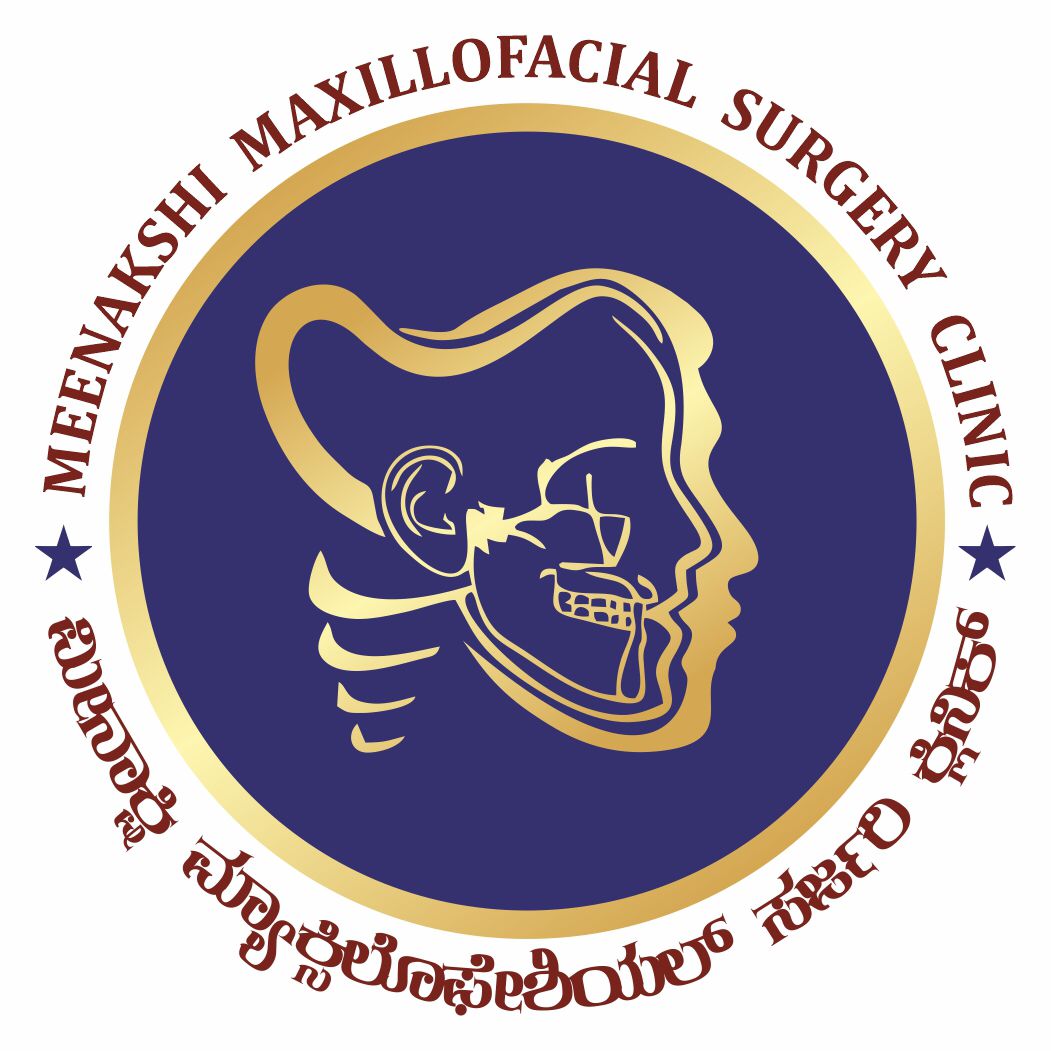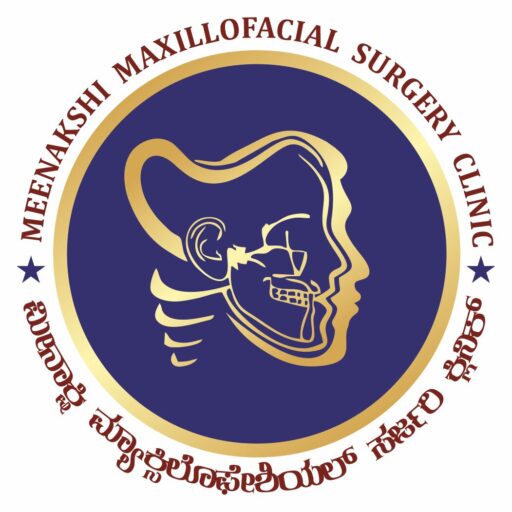TMJ Disorder
- Home
- TMJ Disorder

TMJ stands for temporomandibular (tem-puh-roe-man-DIB-u-lur) joint There are 2 temporomandibular joints located on both sides of the face, just in front of your ears. Both the joints connect the mandible ( lower jaw bone) to the skull base and assist in movements like chewing and speaking. TMJ disorders — a type of temporomandibular disorder — can cause pain in your jaw joint and in the muscles that control jaw movement.
Common Symptoms of TMJ Dysfunction
- Jaw pain
- Headaches
- Earaches
- Pain in the neck or shoulders
- Difficulty opening your mouth wide.
- Jaws that “lock” in the open-or closed-mouth position
- Clicking, popping, or grating sounds in the jaw joint when opening or closing your mouth.
- A tired feeling on your face.
- Difficulty chewing
- Tinnitus, or ringing in your ears.
- changes in the way your teeth fit together.
- swelling on the side of your face.
- Tooth pain
- Gentle Press/pressure on your face and jaw to determine areas of discomfort.
- Feel around your jaw joints as you open and close your mouth and sometimes some noise like clicks can be heard.
- Panoramic X-rays This type of dental X-ray shows a broad overview of your teeth, jawbone, and TMJs.
- CBCT scans. Cone beam computed tomography (CBCT) scans capture thousands of images of your teeth, jaws, facial bones, and sinuses. These pictures are then stitched together for a detailed 3-D image. Dental CT scans give your healthcare provider a more detailed view of your facial anatomy.
- MRI scans. In some cases, MRI may be used to view soft tissues in and around the jaw joints. These images show the position of the disk, inflammation, and possible jaw locking. This can reveal a disc’s status also.
- Once diagnosed An oral maxillofacial surgeon specialises in treating skeletal conditions such as TMJ dysfunction.
If conservative treatments are unsuccessful, your healthcare provider may suggest one or more of the following:
-
- Transcutaneous electrical nerve stimulation (TENS). This therapy uses low-level electrical currents to reduce pain by relaxing your jaw joint and facial muscles. TENS can be completed at home or at your healthcare provider’s office.
- Ultrasound This is a deep heat treatment that is applied to the TMJ to relieve soreness and improve joint movement.
- Trigger-point injections Pain medication or anesthetic is injected into tender muscles of the face (called “trigger points”) to relieve pain.
- Radio wave therapy Radio waves create a low-level electrical stimulus to the joint, which increases blood flow and provides TMJ relief.
- Botulinum Toxin (Botox®). These injections help reduce muscle mass and inflammation.
- Arthrocentesis: This minor procedure is performed in the office, usually under local anesthesia. It’s often recommended when the jaw suddenly locks in a closed position. It can also help reduce inflammation in the TMJ. Needles filled with sterile fluids are inserted into the affected joint and the joint is washed out. Occasionally, a surgical instrument is needed to remove scar tissue or to dislodge a disc that has moved out of place.
- Arthroscopy: This procedure is performed under general anesthesia. Your surgeon makes a small incision in front of the ear and inserts a small, thin instrument that contains a lens and light. This instrument is hooked up to a video screen, which allows your surgeon to examine the TMJ and surrounding area. Depending on the cause of your TMJ pain, your surgeon may remove inflamed tissue or realign the disc or another area of the TMJ. Because arthroscopic surgery is performed through tiny incisions, there is less scarring, a shorter recovery time, less discomfort, and fewer complications compared with open-joint surgery.
- Open-joint surgery: If you undergo open-joint surgery, you’ll be given general anesthesia. Unlike arthroscopy, open surgery is the traditional procedure in which a long incision is made to insert instruments. Open-joint surgery may be necessary if:
- The bony structures that make up the jaw joint are wearing away.
- There are tumors in or around TMJ.
- There is severe scarring or bone chips in the joint.
Compared to arthrocentesis and arthroscopy, open-joint surgery results in a longer healing time plus a greater chance of tissue scarring and nerve injury. Still, there are instances in which open-joint surgery is the best solution. Your healthcare provider can help you determine which approach is suitable for your unique needs.

TMJ Disorder FAQ
General Question
Maxillofacial Surgery can be overwhelming. Whether you’re scheduled for your very first oral surgery, or you’ve undergone oral surgery before, you probably have several pressing questions for your Maxillofacial surgeon.
The most common causes are malocclusion, habits like clenching, trauma, and arthritis.
Headaches, ear problems (including tinnitus, “ringing in the ears,” clogged or “muffled” ears), otalgia [earache without infection present], dizziness, pre-auricular pain, clicking and/or popping sounds, and limited ability to open the jaws
There are non surgical and surgical methods to correct the problem, first thing is to see the specialist omfs for better management.
Book Now
Make An Appointment
Open Hours
- Mon – Sat : 10 AM to 02 PM
- Mon - Sat : 04 AM to 08 PM

